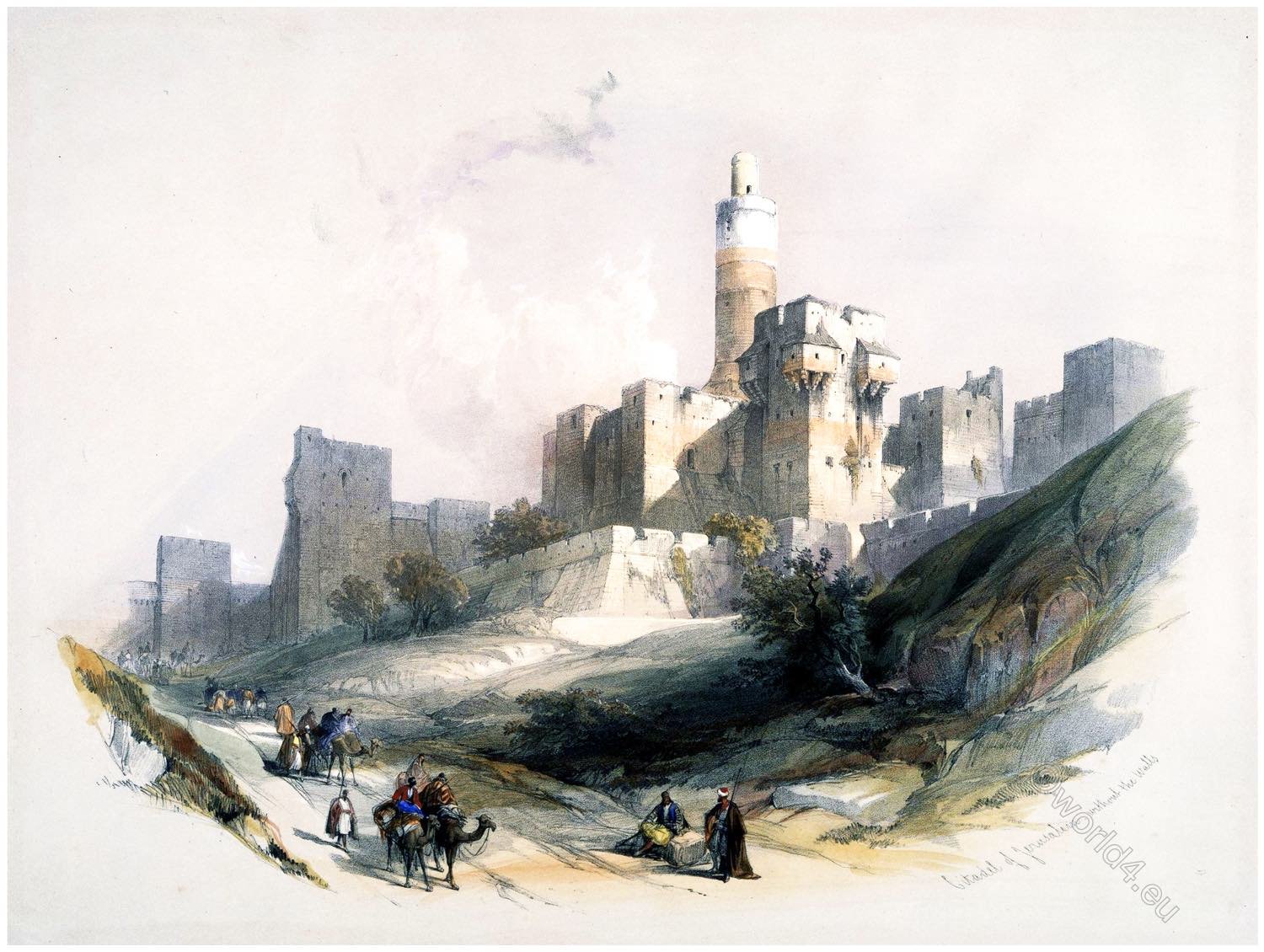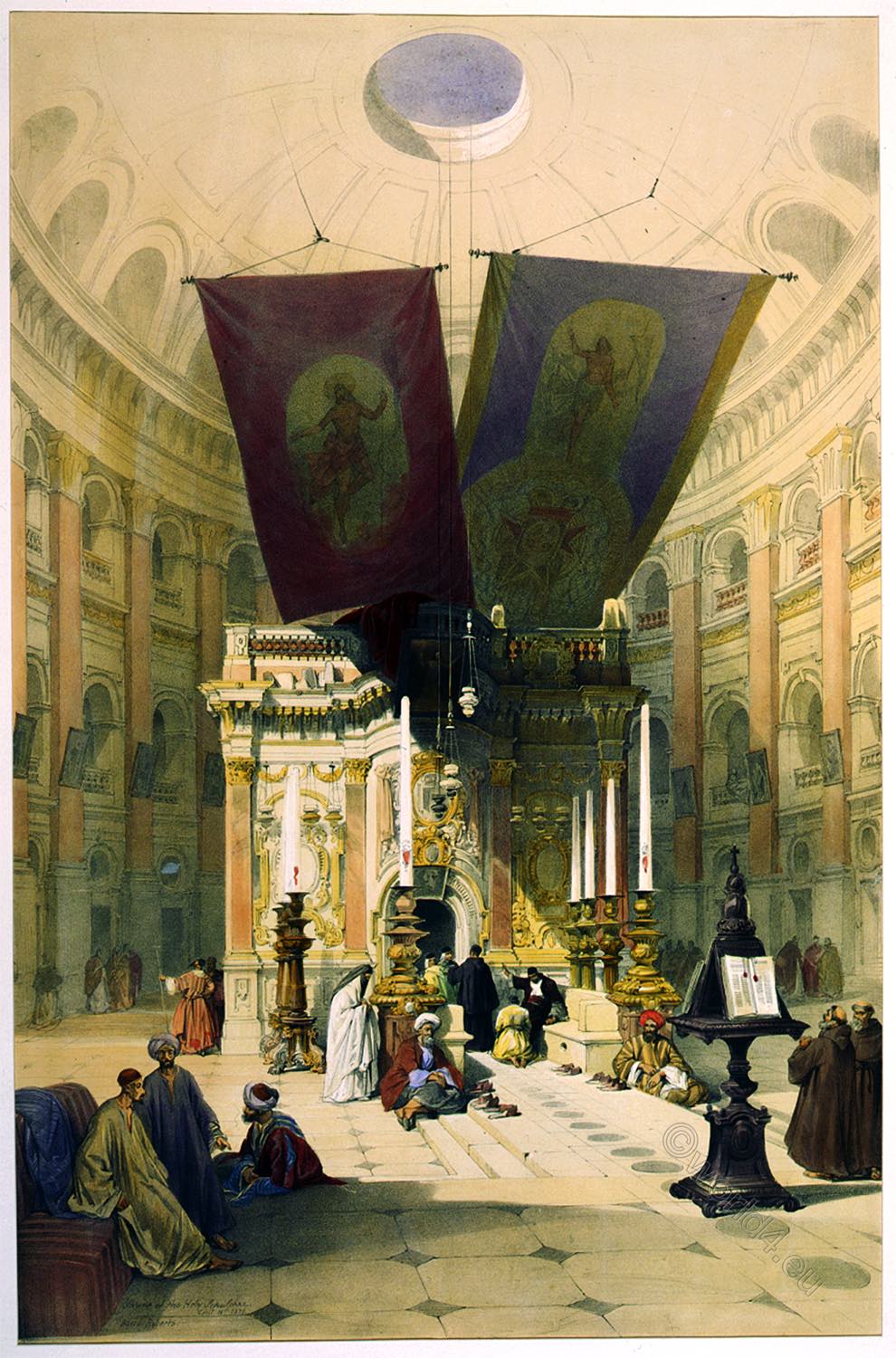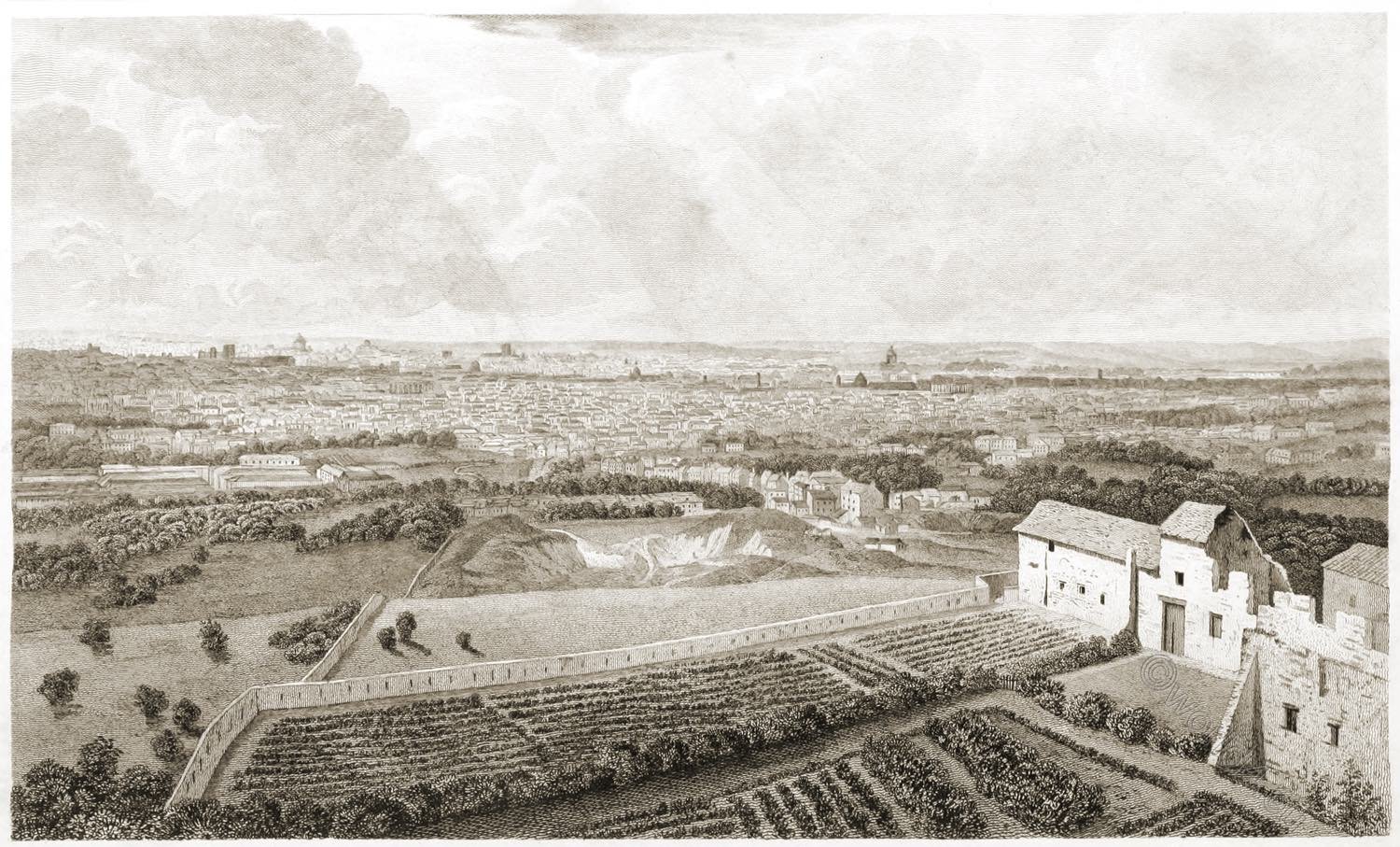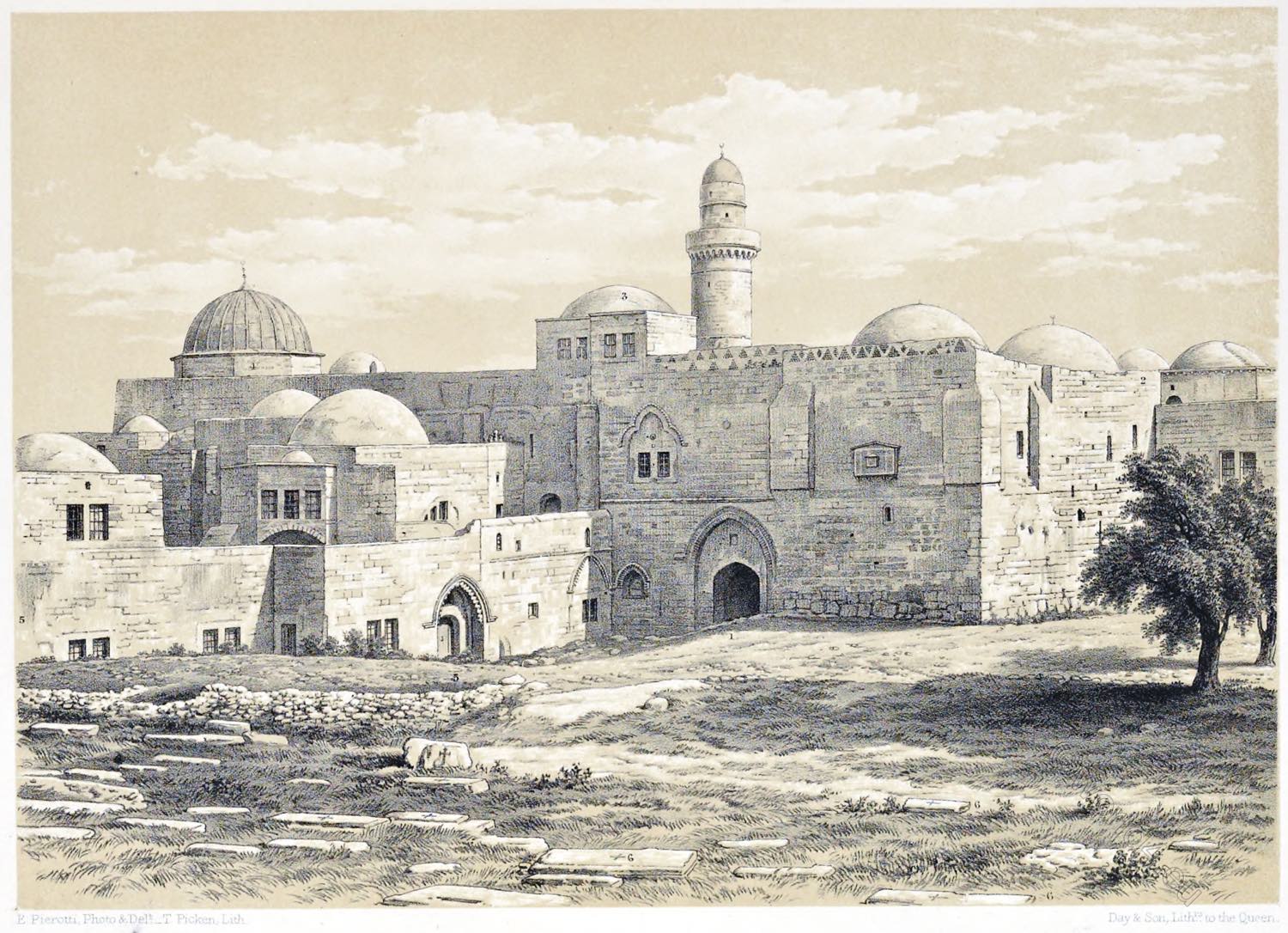In 24 B.C., Herod the Great had a fortress with three massive defensive towers (Hippicus, Phasael, and Mariamne) built on the western hill of Jerusalem on the foundations of an older structure to secure the western side of the city.
The fortress served as a bastion of the western city gate and the adjacent Herodian Palace in the newly built Upper City. When the Romans razed the city after the Jewish War – during which the Herodian Temple was also destroyed – they left these three towers standing as a reminder of Jerusalem’s former greatness.
In Byzantine times two of the towers were destroyed, the base of the third can still be seen at the Jaffa Gate. When Suleiman I the Magnificent built an old city wall in the 16th century, a citadel was also added. This also received a minaret in 1665, which today is called the Tower of David.
Despite the name David’s Citadel, there is no reference to the biblical King David. The naming is based on the error of a wrong assignment.

THE TOWER OF DAVID
by David Roberts.
The citadel of modern Jerusalem, an irregular assemblage of square towers, lies on the north-western part of Sion, to the south of the Jaffa Gate. It has on the outer side a deep fosse. A solid sloping bulwark, rising from the bottom of the fosse, at an angle of about forty-five degrees, protects the towers. This bulwark bears evident marks of remote antiquity, and by Robinson 1) is thought to be of the time of Hadrian. At the capture by the Crusaders (a.d. 1099), this was the strongest part of the city, and here the garrison made their last stand. When the walls were thrown down by the Moslems (a.d. 1219), tins fortress was preserved, and bore the name of the Tower or Citadel of David until the sixteenth century, when it was occasionally called the Castle of the Pisans, from having been once rebuilt by citizens of that republic. 2)
The north-eastern tower, now especially called the Tower of David, attracts notice by its size and antiquity; for though the upper part is modern, the lower is formed of vast stones, wrought in the manner of the ancient masonry, and, in all probability, a remnant of the Tower Hippicus, built by Herod, and left standing by Titus when he destroyed the other defences. 3) Some of the stones are twelve feet long by three feet five inches broad. The height of the ancient portion is about fifty feet. 4)
1) Biblical Researches, vol. i. 454. 2) Pisanorum Castrum. Adrichonius, 156, quoted by Robinson. 3) Josephus, Jewish War, vii. 1. 1. 4) Roberts’s Journal.
Source: The Holy Land, Syria, Idumea, Arabia, Egypt, & Nubia, by David Roberts, George Croly, William Brockedon. London: Lithographed, printed and published by Day & Son, lithographers to the Queen. Cate Street, Lincoln’s Inn Fields, 1855.
Continuing
Discover more from World4 Costume Culture History
Subscribe to get the latest posts sent to your email.






